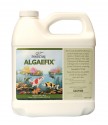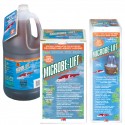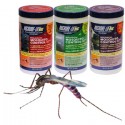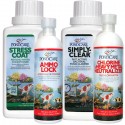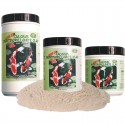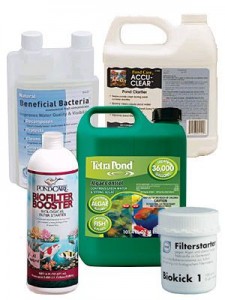
Chlorine and Chloramines
Chlorine and chloramines are harmful to fish and will kill the beneficial nitrifying bacteria in the pond. Likewise, they may burn or kill aquatic plants. Chlorine, a volatile gas, will dissipate with water circulation and exposure to the air within one or two days.
Chloramines, however take much longer to break down. City water suppliers are more frequently adding ammonia to combine with chlorine to product the longer-lasting chloramines. It is not uncommon for city water to test positive for ammonia straight out of the tap.
When adding chlorinated water to the pond, spray it in with a hose to provide the necessary aeration for dissipation of the gas.
Make sure to use a test kit to monitor your ammonia levels carefully. High ammonia levels cause disease, and death.
Contaminated Water
Run-off water from a nearby stream, or collected rainwater may contain toxic insecticides, herbicides or fertilizers. Rainwater from metal roofs or asbestos shingles will contaminate the pond and may prove toxic to both the fish, and the plants. If the fish display signs of toxicity, execute a 50% water change and/or remove the fish to safe quarters, or a hospital tank until the water has been changed.
Water pH
The pH range of 6 to 8.5 is acceptable for most pond life. The primary concern with pH is its direct relationship to the toxicity of ammonia and nitrite. Each pH integer above the neutral 7 reflects a tenfold increase in such toxicities.
Any pH value below the neutral 7 is considered acidic. Baking soda or ground limestone will raise the pH level.
pH values over 8.5 will definitely stress the fish to the point of disease. We receive some calls where the pond owner claims to have a pH reading of 9.0 or more, and the cause for this is cement or mortar leeching toxic lime into the water.


